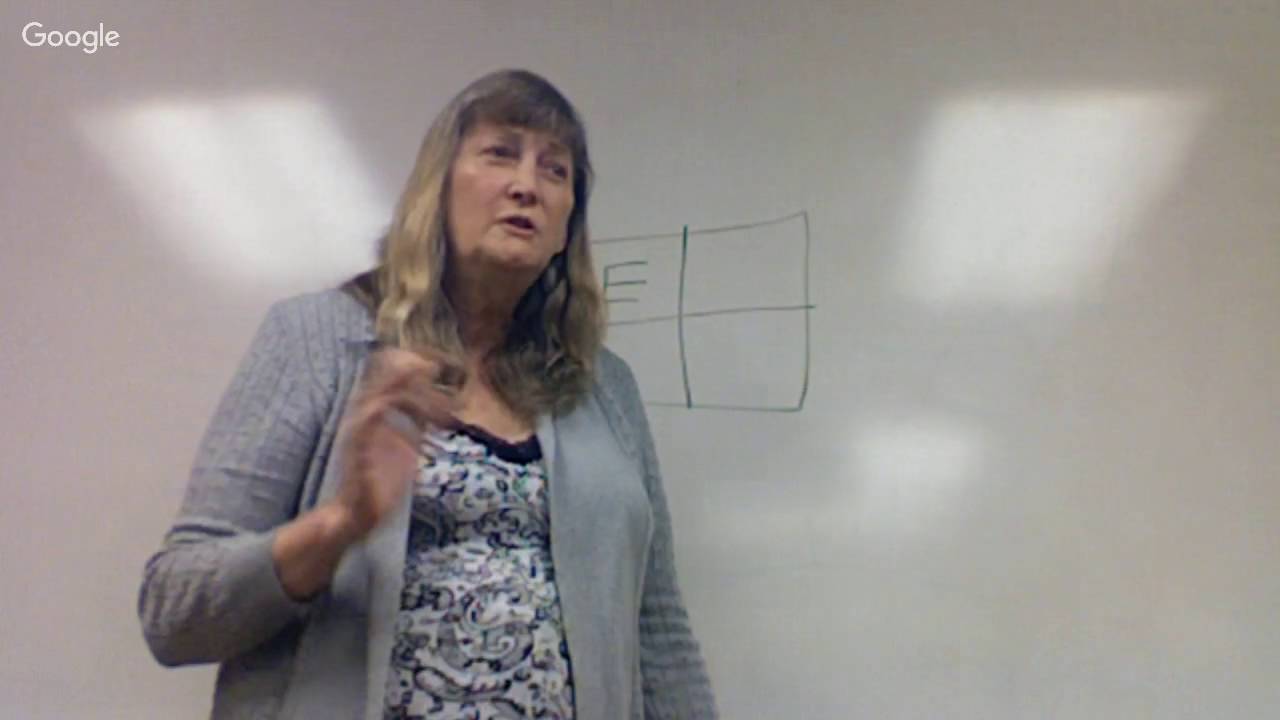@mlucas I’m sure that you saw the blog post by Jim here already, but on the off-chance that you haven’t:
https://narrativefirst.com/blog/2016/10/the-first-dramatica-scene-analysis
@crazybrian When you are talking about a table of Elements – would you agree that the Plot Sequence Report (PSR) already has done the mixing and matching for us? For example, these excerpts are from a Storyform that I randomly created (OS = Situation; RS = Mind; MC = Activity; IC = Manipulation):
THE OVERALL STORYLINE
…In act one, “the current situation and circumstances” (The Present) is explored in terms of Instinct, Senses, Interpretation, and Conditioning…
THE MAIN VS. IMPACT STORYLINE
…In act one, “recollections” (Memories) is explored in terms of Fact, Security, Threat, and Fantasy.
THE MAIN CHARACTER THROUGHLINE
…In act one, “appreciating the meaning of something” (Understanding) is explored in terms of Permission, Need, Expediency, and Deficiency.
THE IMPACT CHARACTER THROUGHLINE
…In act one, “coming up with an idea” (Conceiving an Idea) is explored in terms of Truth, Evidence, Suspicion, and Falsehood…
By looking underneath the Variations, you find four Elements. So if you grouped Instinct, Security, Expediency, and Falsehood (there’s a pattern with this selection too, but I’m not sure if it is necessary – perhaps only for the theoretical perfect scene) together you would have a pool of 16 Elements. Each group of four Elements represents a different Class. Assign each Element a letter (or anything that you want) in the same pattern:
AB
CD
For example, you could create a perfect scene by taking A from Instinct, B Security, C Expediency, and D from Falsehood (or any combination as long as no two letters come from the same Variation umbrella).
This also suggests to me that the “perfect” Story would have 64 Elements represented.
OR AN ALTERNATE IDEA I HAD:
That you could fall into the next level (which would be Class again or sub-Class) and just assign the four Elements found under the Variations from the PSR to Universe, Situation, Psychology, and Mind according to the pattern. Like a sub-Class. For example:
Universe/Activity
Psychology/Mind
Maybe the second version is merely wishful thinking to make it a lot more simple. I’m not sure. 
I found this excerpt interesting:
What then does a scene contain? Scenes describe the change in dynamics between Elements as the story progresses over time. And since Elements are the building blocks of characters, scenes describe the changing relationships between characters.
Would you then say that the “perfect” Story would have 64 total events?
Also, I’d be very interested in seeing a PRCO that isn’t 1234 as Jim said that it was 1234 nine out of ten times. Any examples of this floating around? I just read the linked article in the original post. It had concepts of time travel… so is this the way to avoid a 1234 progression?
I guess the concept that gives me the most trouble out of these four is PASS. I read Jim’s article about writing a perfectly structured scene and the scene analysis I linked above, but I didn’t have a moment where I was able to make a connection between PASS and the Plot Sequence Report (PSR). I have a nagging sensation that there is a relationship between the PSR and PASS. Perhaps PSR must always be Active or Passive Structural?
And… should there be some type of balance between Passive Structural, Passive Storytelling, Active Structural, and Active Storytelling scenes?
Can the nomenclature of Passive, Active, Storytelling, and Structural more friendly by making statements… such as:
I want to make my audience angry, therefore I’m going to use a _______ _______ scene.
or
I want to make my audience experience the sensation of falling, therefore I’m going to use a ______ ______ scene.
Maybe the answer for both of these is Active Storytelling?
Even if these are wrong, I’d love some user friendly examples like this. I’m afraid my head starts to spin when I get inundated with information that is broadly stated. I’m positive that there are smarter people out there that consume information much more easily than I do, but I get a little dizzy looking at some of the more opaque parts of the theory.



 . That was my first day in Dramatica.
. That was my first day in Dramatica.